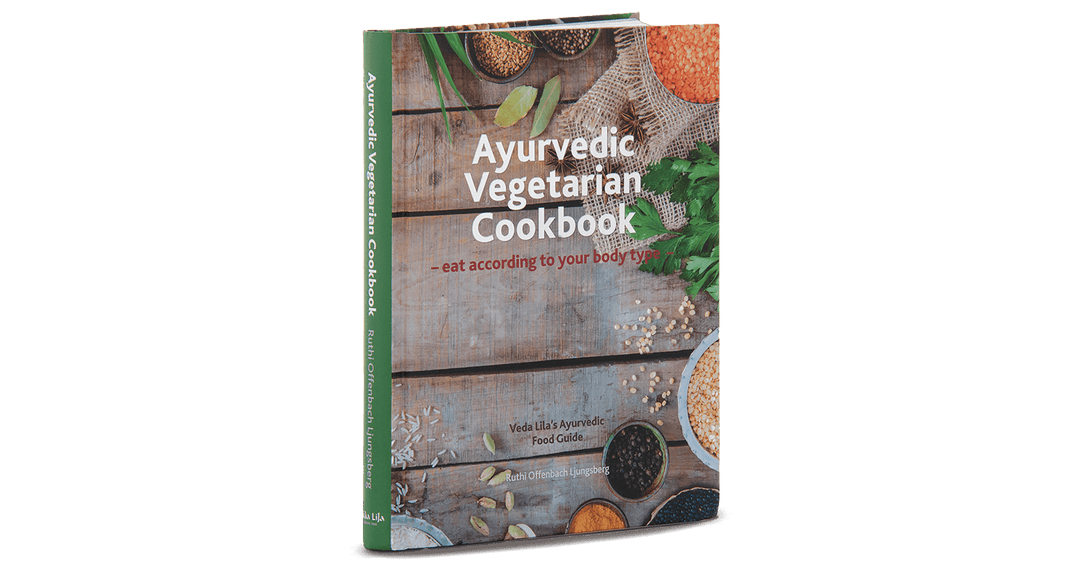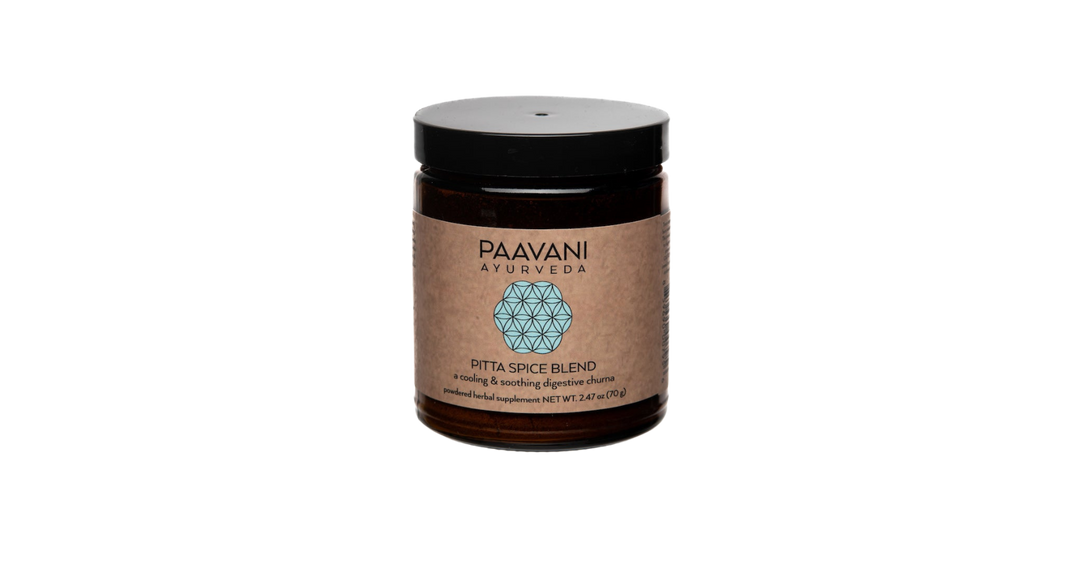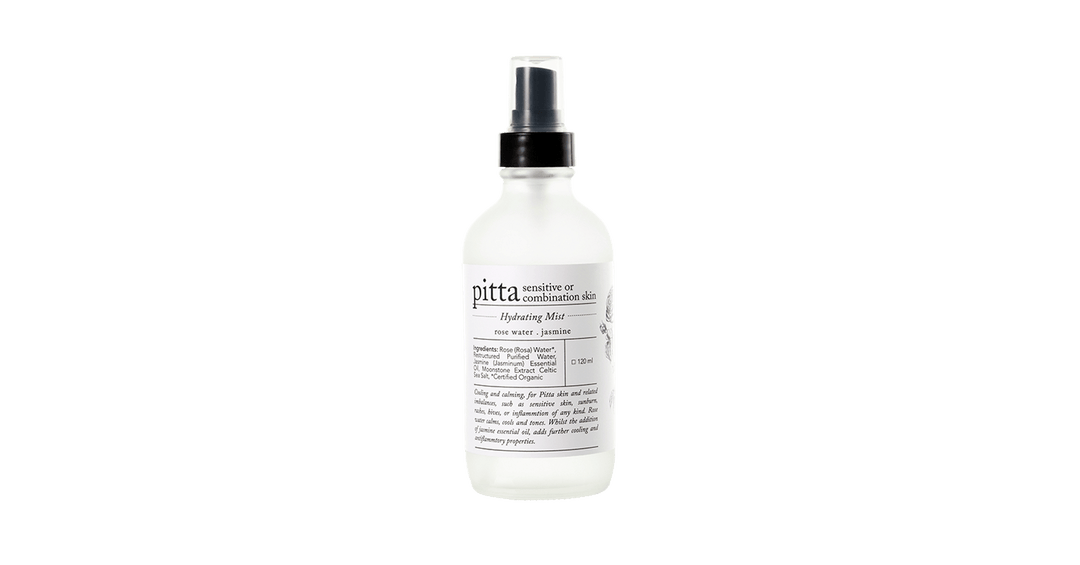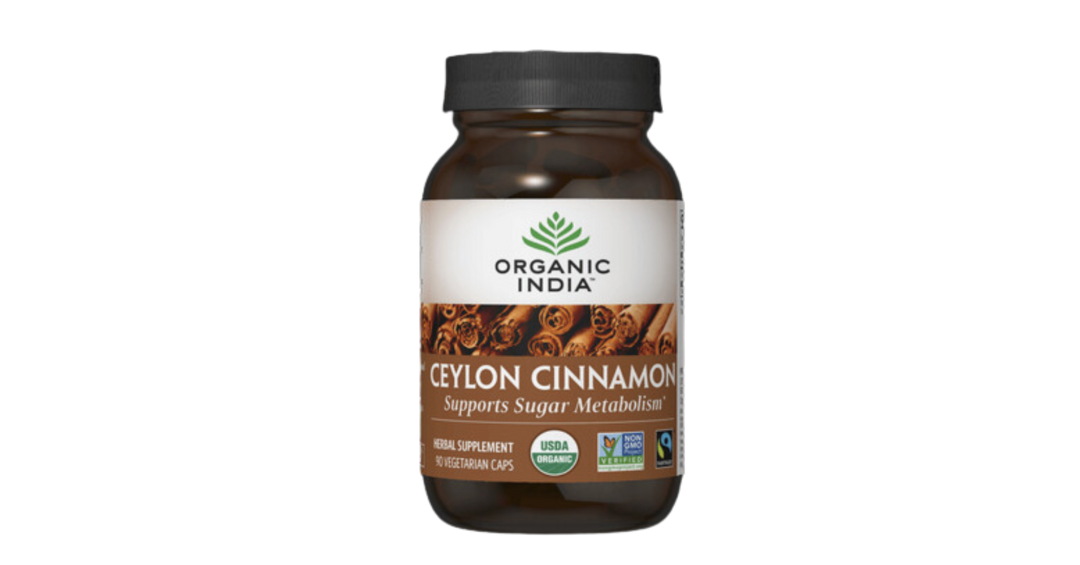Crack! The dark, fibrous shell breaks, and fragrant coconut liquid begins to ooze out. Using a sharp knife, you separate the luscious white flesh from its shell, then grate it to make rich, delicious coconut milk. The milk will add delicate flavor and a smooth creamy texture to your lentil soup simmering on the stove.
But it is not only for its taste that the coconut is valued, says The Council of Maharishi Ayurveda Physicians. Coconut is considered a divine plant in the Vedic tradition. Whenever you perform a sacred ceremony like a yagya, a coconut must grace the occasion. Thus, the coconut enjoys the hallowed status of a select few herbs and fruits — like holy basil and amla — in the Vedic tradition.
The Ayurvedic View of Coconut
A recent research study from the Department of Biochemistry in the University of Kerala states that the fatty acid composition of coconut changes as it grows. This change in composition is being studied by scientists in many places. But Ayurvedic scholars knew many centuries ago that coconut has different properties at different stages of its life.
The Three Coconuts
In the Ayurvedic Nighantus, or classical texts, which talk about raw materials or fruits, the coconut is actually divided into three types of coconuts:
- Baal or tender coconut: This type is 90 to 95 percent water. The liquid from this coconut is at its purest and most healing. It is considered the best for its cooling properties, for it is a proven Pitta-pacifier. While unclogging the body's channels, tender coconut water lubricates the dryness caused by ama (toxins). It repairs the gastrointestinal tract, and its Snigdha, or sweet, quality gives it a Pranaropana (life-restoring) capacity.
- Madhyam or middle-aged coconut: In addition to water, the coconut at this stage has some soft pulp. Madhyam coconuts have less water than tender ones, but more water than mature coconuts. The water is slightly milky at this age. In the classical Ayurvedic texts called Raj Nighantus, the middle-aged coconut is said to be the most nutritious. This type generally has more carbohydrates, protein, minerals, phosphorus, and vitamins A, B, and C than the other two forms.
- Pakva or mature coconut: This type of coconut has firm "meat" or pulp, and very little water. Ancient Ayurvedic scholar Bhav Mishra wrote that when a coconut becomes mature, it becomes heavy to digest, and it can also aggravate Pitta or Vata if the digestive agni of the individual is low. Mature coconuts can also build up toxic ama by interfering with digestion. If large quantities of this variety are consumed daily, then a person can suffer hyperacidity, and worse still, elevated cholesterol levels.
Therefore, people who have low agni, or digestive power, are not advised to eat mature coconut, unless it is combined with ingredients that balance its negative properties. In the south of India, for instance, a popular way to eat coconut is in the form of chutney. Combined with healthful ingredients like roasted chickpea flour, curry leaves, mustard seeds, and oil, the coconut is used in smaller quantities, and can actually be beneficial.
Favor Tender and Middle-Aged Coconut
The Council of Maharishi Ayurveda Physicians points out that if you understand the Samyoga and Samskara of coconuts — that is, the right ways to choose, combine, process, and prepare them — then you can extract the maximum benefit from this healing fruit.
In general, tender and middle aged coconuts are good for almost anyone, but if you're a Kapha-dominated person and drink coconut water at night, then it will make you feel so cool and heavy that it might throw your Kapha dosha out of balance.
Ayurvedic literature is full of praise for the tender coconut. Ayurveda's revered ancient healer, Sushruta, noted that tender coconuts are "bal maans prada" in nature. That is, they strengthen muscle, the cardiovascular system, and the seven body tissues. Middle-aged coconuts are also said to possess these healing properties. Both kinds help cleanse the urinary tract.
Charaka, who is widely credited as being the founding father of Ayurveda, observed that tender and half-mature coconuts have "bringhan, snigdha, seetani, balyani, Madurani" properties. This means they increase the quantity and quality of all seven tissues; they are Vata-pacifying in nature because of their unctuous qualities; they cool and strengthen; and they are filled with sweetness.
To this, Bhav Mishra adds that "komal narikelam nihanti pitta jwar pitta dosha." That is, the tender coconut helps get rid of any heat related to Pitta aggravation, and alleviates any Pitta-related disorders.
17 Uses for Tender Coconut
There is much to love about the tender coconut:
- There are times when your body fills up with Pitta-charged amavisha (toxic matter). This causes the pH levels in the deeper digestive system to fall, leading to severe hyperacidity or amlapitta. That's when the coconut can step in to heal. Because it is Anuloman in nature — capable of getting all the toxins and Vata to move downward and helping to move Pitta and purify the digestive system — tender coconut balances acid levels and cools the system. This makes it superior to other herbs and fruits that can cool down Pitta, but do not flush it out of the system.
- Ayurveda considers coconut a natural stress-buster.
- Coconut cools Sadhaka Pitta, which is associated with emotions.
- Combined with spices like cinnamon, cardamom, ginger, cloves, cumin, coriander, and turmeric, coconut is not only delicious and versatile, but also heals the digestive system and promotes better metabolism.
- The juice of tender coconut has been billed "the world's safest natural soft drink" for being a nutritious thirst-quencher.
- Combined with poppy seeds and ghee in chutney, coconut can help you sleep better!
- Coconut has Kesha properties — that is, it improves hair quality. In Southern India, women apply coconut oil to their hair every day, which gives them long, lustrous locks.
- Coconut is good for curing stomach disorders related to aggravation of Pitta dosha.
- Due to its Soma-enhancing or nurturing value, coconut helps remedy hot flashes and restores emotional stability in menopausal women.
- Coconut improves the complexion. You can make coconut-based skin packs at home. The Council of Maharishi Ayurveda Physicians suggests mixing coconut oil with oatmeal powder and a little bit of lavender flower powder to make a soothing facial pack.
- A burning sensation in the hands and feet is cooled down by drinking coconut water/milk. All you have to do is make a paste of crushed middle-aged coconut and apply it on your hands and feet.
- Coconut is traditionally considered a wound healer, and especially effective at preventing the formation of scars if applied topically.
- Hiccups due to Pitta are also eased by coconut water.
- If you have urine retention from heat, then coconut water helps. Similarly, liver problems, such as inflammation, are also soothed by drinking tender coconut water.
- There is a word called Karshan Meaning "that which supports the body to stay slim by enhancing fat metabolism." Recent research suggests that coconut is good for burning fat and lowering cholesterol — and it is clearly written in Ayurveda that the oil has Karshan properties.
- Coconut helps detoxify and flush toxins out of the body.
- It is delicious!
Coconut Cooking Basics
You can drink the liquid that comes out of a coconut, but don't use it in cooking.
Fresh coconut is always best, but if it is not readily available, you can generally find good-quality dried, grated coconut and coconut chips in natural food stores. Use the unsweetened type, which is free of chemical ingredients.
Tender coconuts, or ones with pulp and water, are generally available at oriental groceries. Slash off the top with a sharp knife (the store will sometimes help open coconuts), insert a straw, and enjoy!
Use coconut milk the same day — make it fresh each time. Grate fresh coconut and blend with a little warm water. Squeeze to get the rich first extraction. Add more water, re-blend and squeeze again to get a thinner second extraction. Strain.
The sweltering days of summer are ideal for cooking — and cooling — with coconut. Explore different ways of enjoying this nourishing, cooling food, starting with our Ayurvedic recipe blog.






